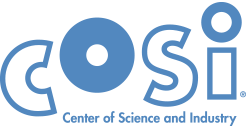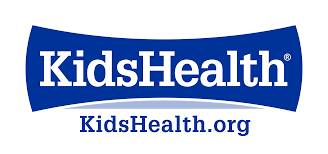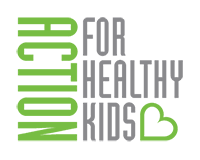In the body, muscles function to produce force and motion and are involved in humans' posture, movements in space, and the movement of internal organs (like the heart beating or the peristalsis of the gastrointestinal tract). Link. There are several different kinds of muscles that can be found in the body, and they are as follows: cardiac, skeletal, and smooth. Each can be found in different parts of the body performing different, essential functions. Link
Facts about Muscles |
A Deeper Look at Muscles |
1.There are around 650 muscles in the human body!
| |||||||
| musclesconcept_planner.docx | |
| File Size: | 21 kb |
| File Type: | docx |
Check out this crash course about muscles! Link
Crash Course pt. 2
Words to Know
Epimysium Skeletal muscle is surrounded by a connective tissue sheath called the epimysium
Perimysium a sheath of connective tissue that groups muscle fibers into bundles (anywhere between 10 to 100 or more) or fascicles.
Endomysium a wispy layer of connective tissue that ensheaths each individual muscle fiber or muscle cell. It also contains capillaries and nerves. Endomysium is the deepest and smallest component of connective tissue
Blood Vessels Tubes that carry blood to and from all parts of the body. The three main types of blood vessels are arteries, capillaries, and veins.
Cardiac Muscles Found in the walls of the heart. The contraction of cardiac muscle is involuntary, strong, and rhythmical..
Skeletal Muscles attached to bones, is responsible for skeletal movements. These muscles are under conscious, or voluntary, control. Each consists of skeletal muscle tissue, connective tissue, nerve tissue, and blood or vascular tissue.
Smooth Muscles Found in the walls of the hollow internal organs such as blood vessels, the gastrointestinal tract, bladder, and uterus. Smooth muscle cannot be controlled consciously and thus acts involuntarily. Smooth muscle contracts slowly and rhythmically.
Striated Muscles Muscle tissue that appears striped under the microscope
Ligaments Band of fibrous tissue connecting bone to bone or cartilage to bone thereby supporting or strengthening a joint.
Muscle Fascicle a bundle of muscle fibers.
Get the full word list here.
Link
Link
Perimysium a sheath of connective tissue that groups muscle fibers into bundles (anywhere between 10 to 100 or more) or fascicles.
Endomysium a wispy layer of connective tissue that ensheaths each individual muscle fiber or muscle cell. It also contains capillaries and nerves. Endomysium is the deepest and smallest component of connective tissue
Blood Vessels Tubes that carry blood to and from all parts of the body. The three main types of blood vessels are arteries, capillaries, and veins.
Cardiac Muscles Found in the walls of the heart. The contraction of cardiac muscle is involuntary, strong, and rhythmical..
Skeletal Muscles attached to bones, is responsible for skeletal movements. These muscles are under conscious, or voluntary, control. Each consists of skeletal muscle tissue, connective tissue, nerve tissue, and blood or vascular tissue.
Smooth Muscles Found in the walls of the hollow internal organs such as blood vessels, the gastrointestinal tract, bladder, and uterus. Smooth muscle cannot be controlled consciously and thus acts involuntarily. Smooth muscle contracts slowly and rhythmically.
Striated Muscles Muscle tissue that appears striped under the microscope
Ligaments Band of fibrous tissue connecting bone to bone or cartilage to bone thereby supporting or strengthening a joint.
Muscle Fascicle a bundle of muscle fibers.
Get the full word list here.
Link
Link
Additional Resources
|
Cosi is a kids'-oriented science museum with ample exhibits about the human body. Located in Columbus, Ohio, Cosi continues to be a source of fun and engaging education for students and teachers alike. Link |
Kids Health is an excellent online resource for kids with interactive slideshows and additional information about muscles.
Link |
Action for healthy kids, with chapters all around the nation, help keep kids engaged, active, and healthy, keeping those muscles strong!
Link |
Want more in depth content knowledge?
|



